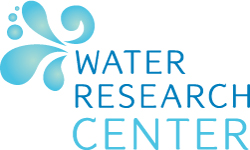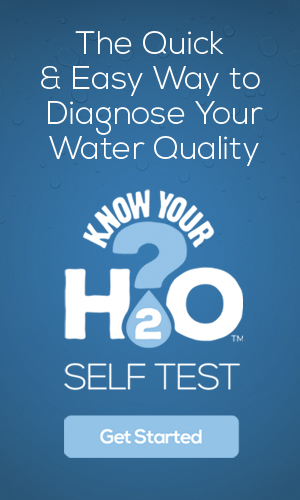The Safe Drinking Water Act of 1974, as amended, includes requirements for the Environmental Protection Agency (EPA) to set standards for 83 specific contaminants. The selection is based on the potential for causing adverse health effects and for known or potential occurrence in drinking water. The standards set for each include the Maximum Contaminant Level (MCL) and the Maximum Contaminant Level Goal (MCLG). The MCLG, while not legally enforceable, is a health based standard on the amount of the contaminant in drinking water that the EPA has decided will not endanger human health over a lifetime of exposure. The MCL is established as close to the MCLG as possible and is enforceable for public water supplies but not for private well water supplies. It is the maximum permissible level of a contaminant in water to protect human health.
The list of parameters include specific contaminants along with other physical, and biological risk factors to drinking water resources. A description of the factor, along with information on where it comes from, and its potential human and environmental health impacts is given in the table. If additional information is available from other sources, a link is provided.
Biological
Primary Drinking Water Standards
Secondary Drinking Water Standards
New Publication from Wilkes University (pdf file)
Online Training Courses
LEED- AP / Green Associate Training/ Professional Development Hours Courses
Alternative Energy and Green Technologies
Health and Safety Training - Chemical Handling and Disposal
Engineering, Construction, and Electrical Training Programs
Farm-Agricultural - Rural Business Education
Water Treatment, Wastewater Treatment,
and Stormwater Design, Operation, and Management
National Drillers Training Courses
Drilling Safety, Monitoring Well Design/ Install,
and Groundwater Basics
Water Well Design (other training provider)






